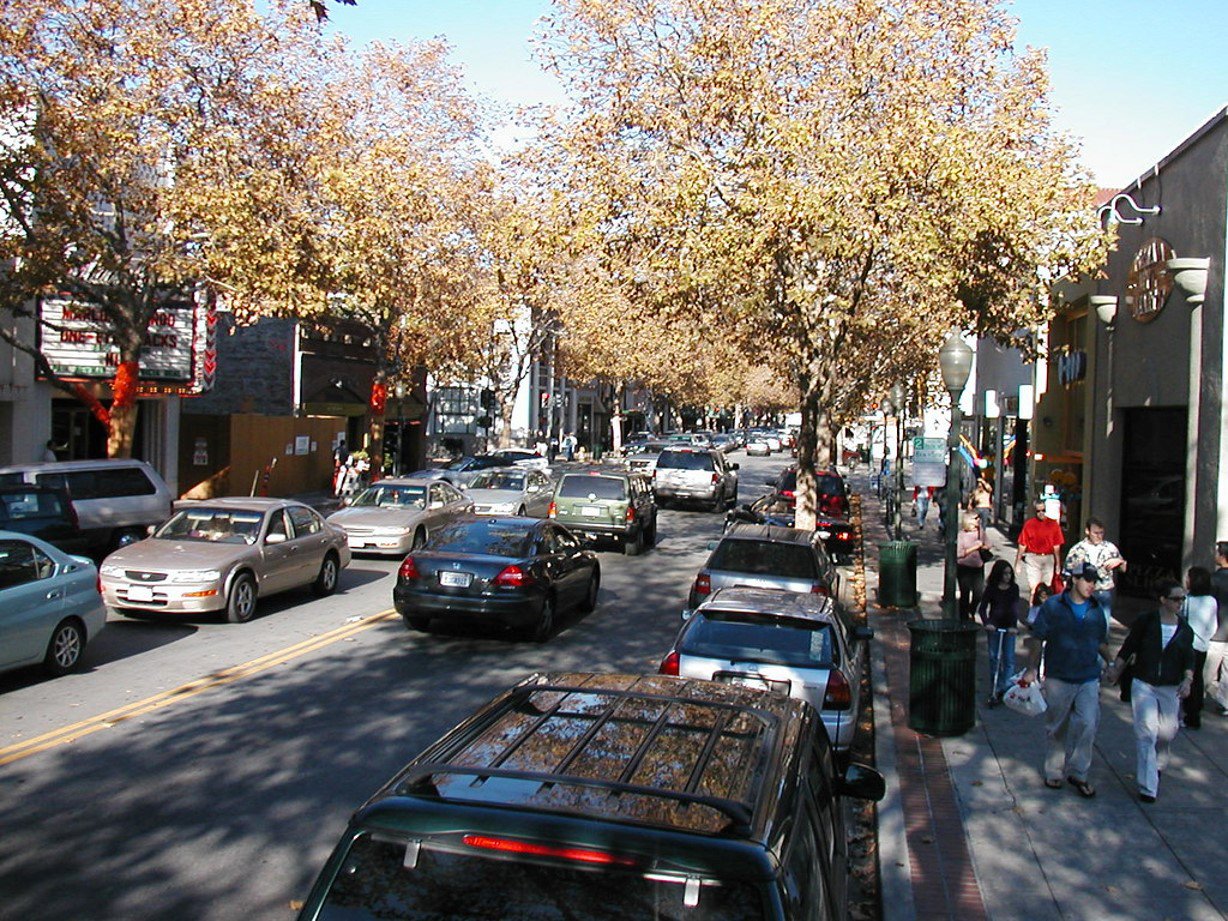Palo Alto is failing to meet California mandates for very low-, low- and moderate-income housing. Simultaneously, housing prices in the city are projected to rise over the next year.
“I think that is a stain on the soul of my city,” said Palo Alto Mayor Adrian Fine in an interview.
The Housing Element and Regional Housing Needs Allocation (RHNA) mandate requires cities to build a certain number of homes at various levels of affordability. Palo Alto is “on pace for the above moderate numbers, but not for the lower income levels,” said Palo Alto Planning Director Jonathan Lait. According to Lait, the city has built 43 units of very low-income housing since 2015, only 6.22% of the amount mandated by RHNA. In contrast, it has built 421 units, or almost 73%, of the above moderate-income housing allocation in the same time period.
Very low-income housing is classified as residences that cost less than 50% of the area median income (AMI). The AMI is the “middle” number of all incomes for a given area: in Palo Alto, that comes out to almost $160,000 per household. Above-moderate housing costs more than 120% of the AMI, or around $190,000.
In 2019, the median rent price in Palo Alto was $5,800. The median home value came in at over $2.7 million, and is projected to rise 1.5% in the next year.
The city approved 206 units of housing in 2019, according to the Palo Alto Daily Post. Neighboring Mountain View approved 1,711 units. Redwood City approved 616.
Because Palo Alto is not building sufficient housing, the city is subject to Senate Bill 35 (SB 35). The 2018 law is meant to make it easier for developers to build more affordable housing by streamlining the application review process. SB 35 forces reluctant cities such as Palo Alto to automatically approve projects with half of the units specifically set aside for low income housing, removing a long, complicated and often political application process.
Researcher Michael Bennon, managing director at the Stanford Global Projects Center, which analyzes critical infrastructure, credits laws such as SB 35 with providing an apolitical and efficient process for housing developers.
“It’s extremely unclear what it takes to get a construction permit for a new housing development, and that in turn injects uncertainty and causes delay,” he said. This delay can make it harder to attract investment for affordable housing projects.
Bills attempting to tackle the housing crisis often face resistance. San Francisco State Senator Scott Wiener’s Senate Bill 50 (SB 50), a law which would have increased housing development near major transit stops or job-rich areas, recently failed to pass for the third year in a row. Many politicians claim both SB 35 and SB 50 take control away from cities in favor of the state.
Only one of the seven candidates running for State Senate in District 13, which includes Palo Alto, supports SB 50. Shelly Masur, vice mayor of Redwood City, said at a February debate that though she is “all about local control,” she believes Wiener, who endorsed her candidacy, has “really jump-started the conversation and made us all pay attention.”
At the mayoral election in January, Palo Alto City Councilmember Lydia Kou characterized SB 50 as “top-down” and “one-size-fits-all” legislation.
“As an immigrant, I can never understand why a government of the people, by the people and for the people would abdicate its local control of our government,” she said.
In February of last year, Kou also tweeted, “there’s plenty of housing, you just need a superb Realtor, like me,” inciting the fury of some Twitter activists.
Fine, one of few elected officials to support SB 50, has a different point of view.
“Local authorities have fundamentally demonstrated they’re incapable of solving this housing crisis; Palo Alto has all the tools in our toolbox, and we refuse to do it because of politics,” he said. “That is exactly when the state should step in.”
Activist Matthew Lewis, director of communications for California Yes In My Back Yard (YIMBY) argued that bills such as SB 35 and SB 50 address the hypocrisy of cities who want economic growth but not housing growth.
“They’re very happy to take all the tax revenue from the companies moving in,” he said “But then they say, ‘Oh, but we don’t want your workers to live here. We want them to go somewhere else.’ And that’s just fundamentally unfair.”
California’s population is on the rise, but housing development is not. The state now ranks 49th in housing units per resident, above only Utah.
“If you’re under the age of 50 in California, you never lived in California when it built enough housing for the people moving here,” Lewis said.
The cost of living forces workers to commute from cities such as Tracy or Stockton, which Lewis said leads to “growing pollution, growing traffic on our highways, more and more time people are spending and traffic, less and less time with their families.”
“It’s really just not a sustainable method of growth,” Lewis added.
Nonetheless, Bennon believes that building more affordable housing won’t actually make housing more accessible to people struggling to pay rent.
“What affordable housing does is drive up the housing costs of the barely-not-affordable housing,” he said. “I think it’s more of a fundamental market imbalance.”
Fine expressed disappointment that more college graduates don’t stick around in Palo Alto.
“Stanford trains excellent young minds to go out into the world and do great things,” he said. “That’s cool. I like having that in my backyard. But then also, I don’t see any people here anymore, you know?”
A previous version of this article misspelled Michael Bennon’s name in one instance. The Daily regrets this error.
Contact Emma Talley at emmat332 ‘at’ stanford.edu.
